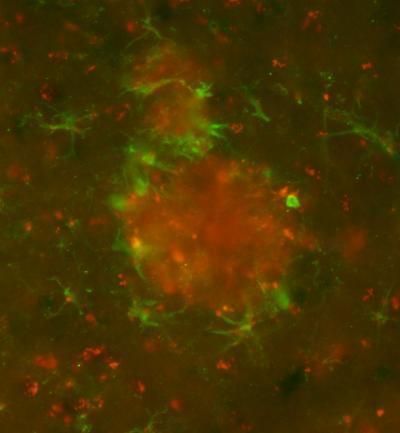
A cancer may start in a tissue, organ, or a cell, but it rarely ever stays therein for too long. Essentially, they are characterized by mutation of the cells of a certain organ, which soon begin to multiply uncontrollably such that other (healthy) cells around the malignancy begin to die off, and the melanoma begins to grow. Eventually, it breaks up and bits and pieces of it start to migrate through the bloodstream to various other parts of the body.
Professionals refer to localized prostate cancer as prostate cancer in which the cancer is confined to the cells within the prostate; when they make mention of a locally advanced prostate cancer, they are alluding to the fact that most of the cancer is confined within the prostate, although some bits and pieces of it have started to escape to immediately surrounding tissues.
When you have metastatic prostate cancer, you are looking at a melanoma of the prostate that is actively growing outside of the prostate organ and its immediate environs with little or no control. This means that the disease has spread, possibly to even more distant organs.
Basically, there is an absence of symptoms for early stage disease, but prostate enlargement soon ensues when the tumor starts to grow. the patient soon experiences increased pain in urination and ejaculation as the sarcoma begins to spread out of the prostate, including bleeding through the urinary tract. Bone pain is not far behind, especially in the proximal part of the bone, when the metastasis reaches the bones of the pelvis the ribs, the thighs, and the bones of the spine.
The symptoms metastatic prostate cancer in the lung are not too farfetched from the symptoms of lung cancer itself, which are a persistent cough, and chest pain, shortness of breath, hoarseness, bloody sputum, and bouts of bronchitis or pneumonia. However, the symptoms often do not appear in the same order with metastatic prostate cancer as they do with lung cancer itself. the fact that some other lung cancer symptoms are bone pain, headaches, dizziness, and a few other signs does not make things a lot easier, but still the disease has to be accorded it respective nomenclature.
Dealing with such a condition takes some ingenuity from the overseeing physician, but essentially, treatment will involve slowing the progression of the carcinoma, perhaps by hormonal therapy; killing as many of the metastatic cells by radiation; and perhaps surgery to remove the larger tumors; and chemotherapy to get rid of the rest of them. However, they will have to talk matters over with you before they commence on the treatment, and they will have to make clear what the implications are of whatever course of action they choose to take with you. before you settle in and make any decision, or even a self-diagnosis, be certain that you are fully informed.